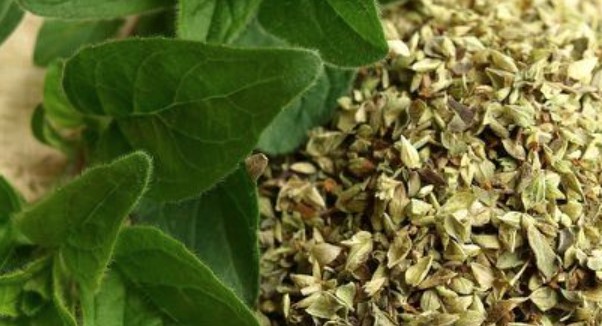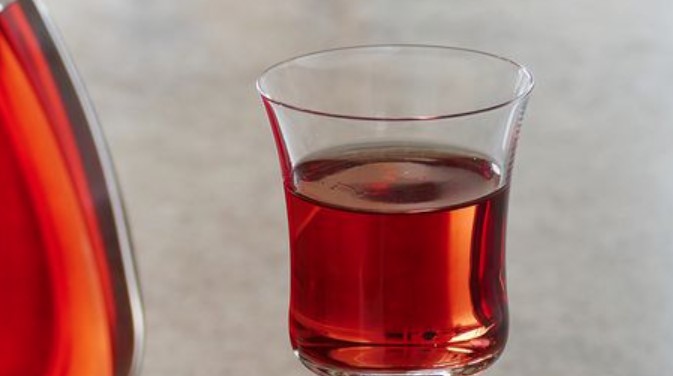Making herbal liqueur yourself is not difficult. If you prepare your own liqueur, you are free to choose which herbs you use. Here you will find tips for choosing herbs and a simple basic recipe.
Herbal liqueurs are part of the culinary tradition in many cultures. In Europe, they are often served after a rich meal to stimulate digestion. Many also appreciate them simply for their aromatic taste.
Herbal liqueurs can vary greatly in composition. Normally, a mixture of different herbs forms the basis of the taste. Which varieties are used and the proportions in which they are to each other depends on the recipe in question.
If you make your herbal liqueur yourself, you can decide for yourself which herbs you use. This makes it easy to adapt the liqueur to your personal taste. In this article, we give you an overview of different flavors and present a basic recipe that you can modify as you like.
Make herbal liqueur yourself: fresh or dried herbs?

You can prepare herbal liqueur with either fresh or dried herbs.
If you want to use fresh herbs, pay attention to the respective harvest times. Basically, you should buy organic kitchen herbs to avoid chemical-synthetic pesticides. This applies not only to fresh goods, but also to dried ones. Conventional dried spices in particular are often contaminated.
Make herbal liqueur yourself – these herbs are suitable
Which varieties you use is entirely up to you if you make herbal liqueur yourself. For example, the following varieties are good:
Mediterranean herbs such as rosemary, thyme, oregano or basil. Thyme and rosemary are evergreen varieties that you can harvest fresh all year round. This is also often possible with basil if the plant is perennial. The best time to harvest oregano is between July and August when it is in bloom. In principle, however, you can harvest it in the entire period between spring and autumn.
Lovage has a spicy, very characteristic taste of its own, to which it also owes the nickname “Maggikraut”. You can harvest fresh lovage from spring to autumn.
Sage is a strong spice with a slight bitter note. Its aroma is also sometimes compared to camphor or pine. Its harvest time is between May and August.
Mint contains menthol and therefore tastes cool and refreshing, but also slightly spicy. You can harvest fresh mint from spring until the first frost.
Chamomile has a mild, floral and slightly earthy flavor. Their harvest time coincides with the flowering period between June and September.
Aniseed has a strong, liquorice-like taste of its own. You can harvest them a few weeks after flowering, i.e. in September or October.
Fennel seeds are very similar in taste to anise seeds. They are ready for harvest in late summer or early autumn as soon as they turn grey-brown.
Laurel tastes very bitter when fresh. If you are making herbal liqueur at home, it is better to use dried leaves for a more pleasant taste.
Cloves are very flavorful and taste flowery and a bit spicy at the same time. You should only use them when they are dry.
If you want the individual herbs to harmonize with each other, you should use them in equal amounts. As a rule of thumb, we recommend adding two grams of each variety to the liqueur. However, you can also use certain herbs in larger quantities if you want them to have a stronger flavor. It is best to use a clear spirit such as Korn or vodka as the alcoholic basis.
Herbal liqueur: The basic recipe

Ingredients:
1 l clear alcohol (e.g. vodka or schnapps)
800 gsugar
2 g herbs (per variety)
Zest of an organic lemon (optional)
honey or agave syrup (optional)
Directions:
Pour the alcohol into an airtight container, such as a bottle. Note that the bottle must be big enough to hold the rest of the ingredients afterwards.
Add the sugar. The easiest way to do this is with a funnel.
Wash, clean and chop the herbs of your choice. Then pour it into the bottle as well.
Finally, you can add some grated lemon zest if you like. Be sure to use an organic lemon that is not contaminated with synthetic pesticides.
Seal the bottle or jar airtight and leave the homemade herbal liqueur in a warm place for four to six weeks. Shake or stir the liqueur well every day.
When the brewing time is up, strain the herbal liqueur through a fine-mesh sieve. Then fill it into a dark glass bottle and refine it with a little honey or agave syrup if you wish.
Keep the herbal liqueur cool and dark. Due to the high sugar content, it can be kept for several years without any problems.
